Along The Golden State’s lengthy coast of 840 miles, Central California between San Francisco and San Luis Obispo (roughly 300 miles) offers some of the area’s most popular dive sites and slightly warmer waters. Depending on the season, temperatures can range from 53 degrees Fahrenheit to the low 60s. Certainly not bath water, but not as bone-chilling as Northern California for shore dives or rolling off a boat — I have warm memories of a near-hypothermic experience on a three-dive boat trip in Monterey decades ago in 50 degree water. That’s why a thick wetsuit or a dry suit is always recommended.
Whether you’re walking to the Monterey Bay Aquarium on Cannery Row, playing a round at the fabled Pebble Beach Golf Links, indulging yourself with a spa day at Ventana Inn, or enjoying a gourmet meal at Nepenthe, it’s common to see hearty scuba divers lugging their equipment to the beaches. Visibility can be as low as 10 to as high as 100 feet in this area depending on currents and season, but you’ll be handsomely rewarded by finning through majestic kelp forests and snapping photos of colorful fish. Best diving is generally in the late summer to early fall before winter storms roll in across the Pacific.
Here are some of the best scuba diving sites on the Central Coast.
Featured Photo: Barbara Wambach
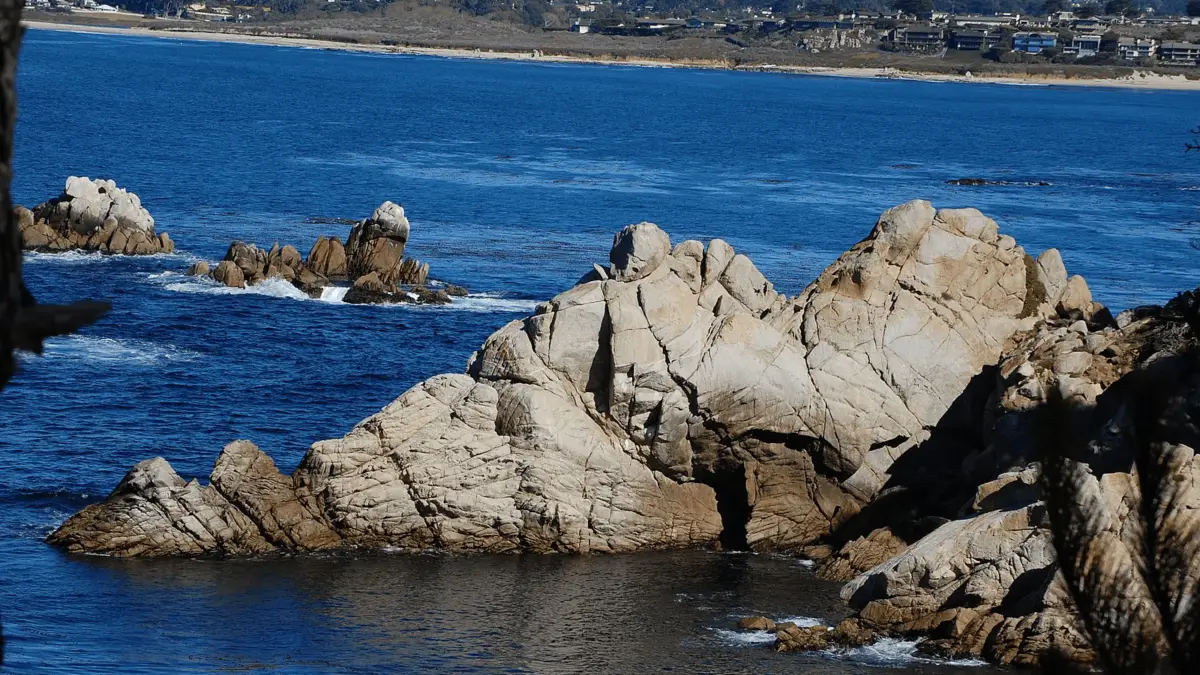
Bluefish Cove, Point Lobos State Natural Reserve
Located on the southern side of the Monterey Peninsula, Point Lobos is the first underwater reserve in the nation. A very popular spot for shore and boat dives, you’ll descend through thick kelp forests and could see blue rockfish, octopi, yellow nudibranchs, ling and rock cod, crustaceans, and more. Some say it’s like a “rainforest underwater” and has depths of 20-65 feet. In the past, crawling through the top of the kelp canopy to reach the boat was common, but this was before purple sea urchins began feasting on the kelp, starfish, and abalone. Carmel Pinnacles State Marine Reserve is another great dive site just west of here, as parking can be reserved and restrooms are nearby. cadivingnews.com
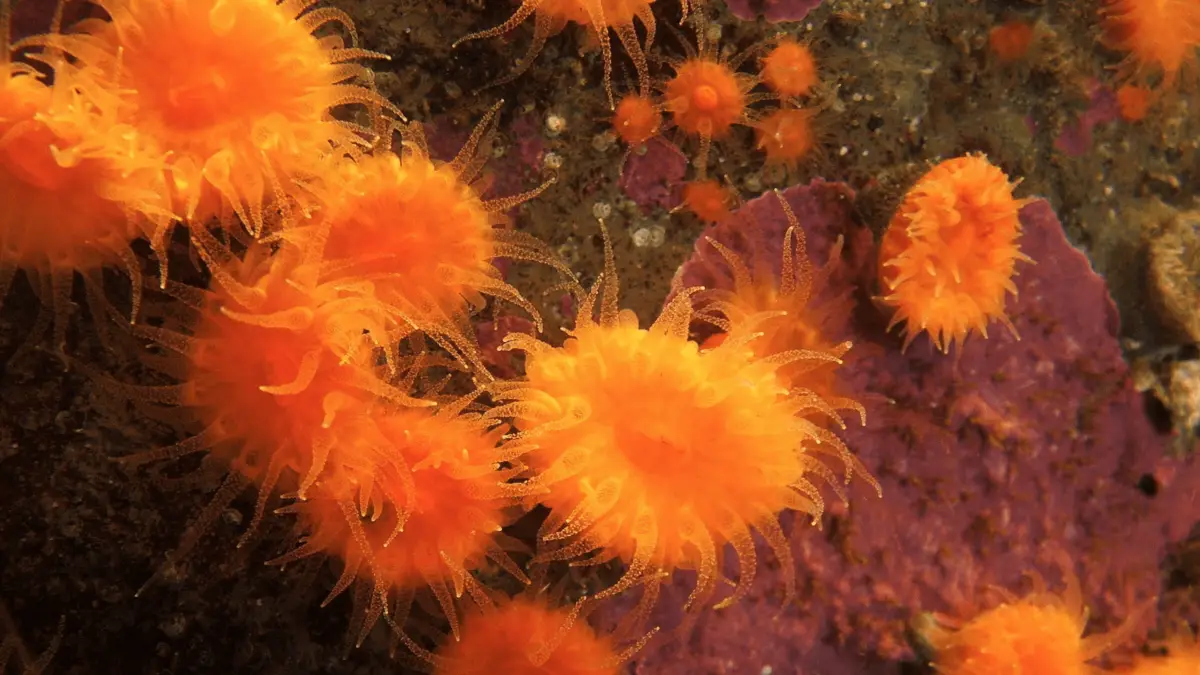
Breakwater Cove Marina, Monterey
One of the state’s most notable beach dives, especially on weekends, attracts thousands of underwater enthusiasts here to earn their Open Water Certification every year. Also called San Carlos Beach, it’s steps away from several dive and camera shops and about a mile south of the aquarium. Once you wade through the shore break, you may behold kelp forests swaying rhythmically in the current, exactly like the aquarium, and hosting a variety of marine life, including rockfish, orange cup corals, long tube anemones, rainbow nudibranchs, star fish, sea lions, and octopi. Early morning offers the best dive conditions with glassy water, good-to-excellent visibility, and a maximum depth of about 50 feet. It’s also a highly underrated night dive opportunity. Get here early to grab a parking spot in the upper or lower lot. Restrooms have hot water showers. monterey.org
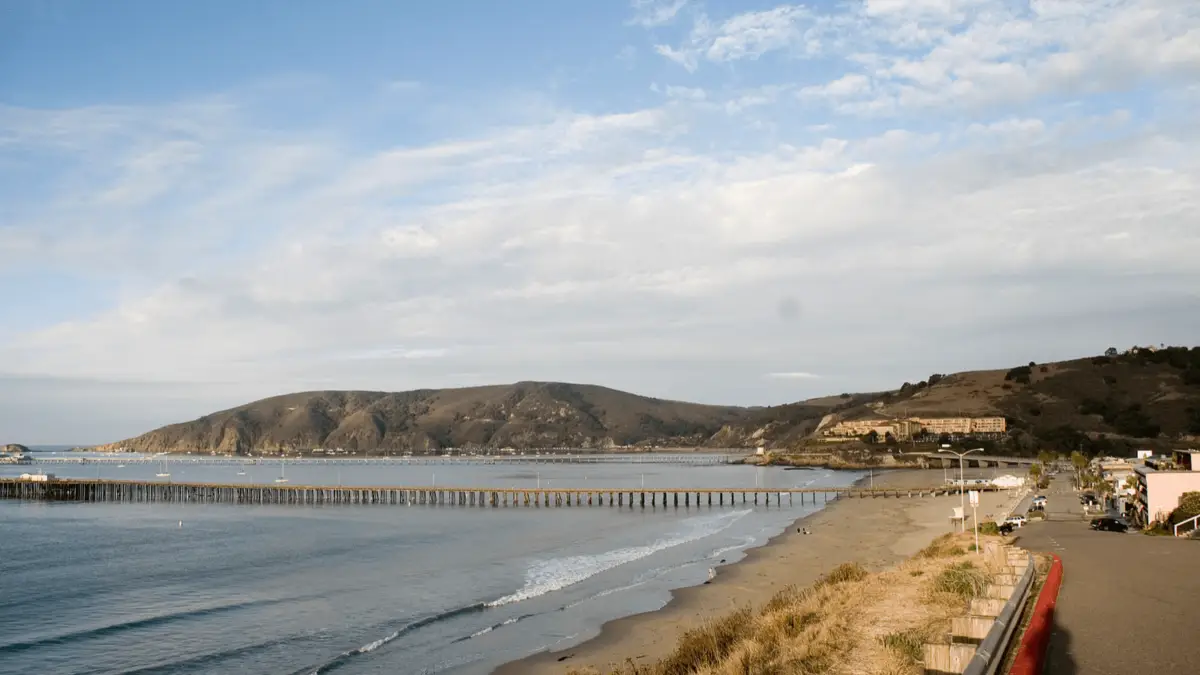
Port San Luis Pier (Harford Pier), Avila Beach, San Luis Obispo
You may see students earning their Open Water Dive Certifications here because it provides easy access, a flat protected, sandy bottom with a depth of only about 25 feet. Within San Luis Obispo Bay and below the 1,320-foot-long historic pier, visibility is poor, from 0-15 feet, with an average of about 3, with water temperatures from 53 to 59 degrees. But on a given dive, you can see lots of crabs, nudibranchs, starfish, perch, halibut, and more. Some divers jump off the pier while most walk down the steps to a small platform. Paid and free parking is available in the lot to your right, but it’s a few blocks to the beach and get there early to grab a spot. pierfishing.com
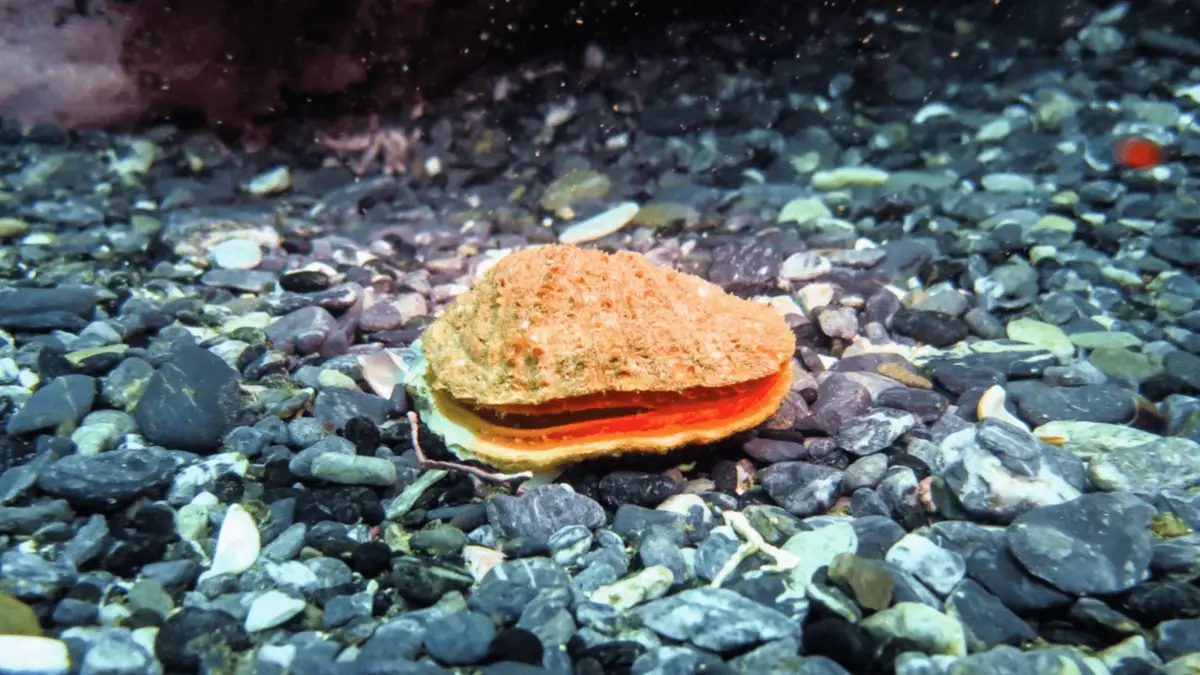
Jade Cove, Big Sur
About 65 miles south of Monterey, this series of coves offers clear waters in winter, though it’s typically colder and has stronger currents. Enter the water through a shallow shelf that slopes through kelp beds. About 40 feet deep and 50 feet offshore, a cave runs through a rock and inside you can catch a glimpse at the world’s only underwater concentration of pure, naturally polished nephrite jade — check local regulations for what you can and cannot take. You may also encounter big rockfish like ling cod, lots of kelp, perhaps porpoises, dolphins, seals, and orcas. This area is definitely for advanced divers, with strong waves and a steep trail from the parking along Highway 1 between Jade Cove and Sand Dollar Beach. californiadiver.com
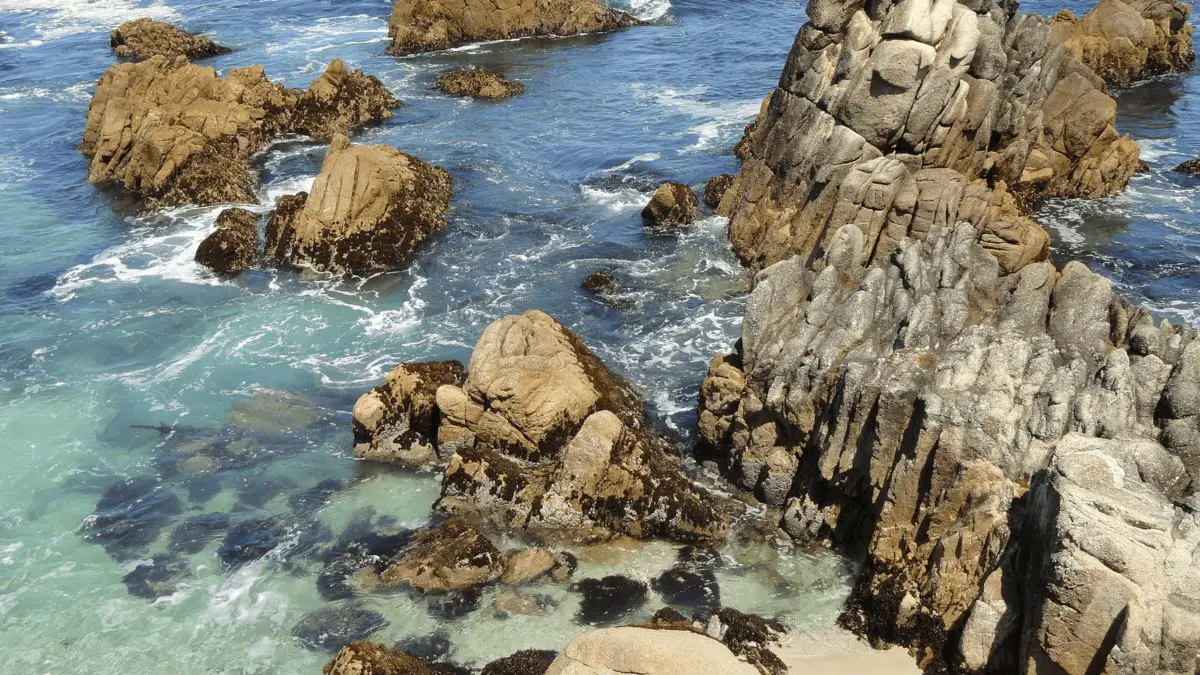
Lovers Point, Pacific Grove
A quiet place to dive that is also popular for swimmers, surfers, and boaters. Because it faces east, this is a great place to watch the sun rise over the Pacific Ocean and for an early morning dive in calmer waters. Walk down two stone staircases to reach the water and wade through eelgrass-covered ledges in water 4-8 feet deep that drops away to a rocky, but sandy seabed. On the east or west side of Lovers Point you may see hermit and Cancer crabs, nudibranchs, rocky pinnacles with colorful corals, anemones, bat rays, octopi, lots of rockfish, cabezon, and ling cod. It drops to about 70 feet in the bay and visibility can range from 40-100 feet. Check online for restrictions. Drive your vehicle to Lovers Point Park on Ocean Boulevard. Public restrooms are nearby. seemonterey.com
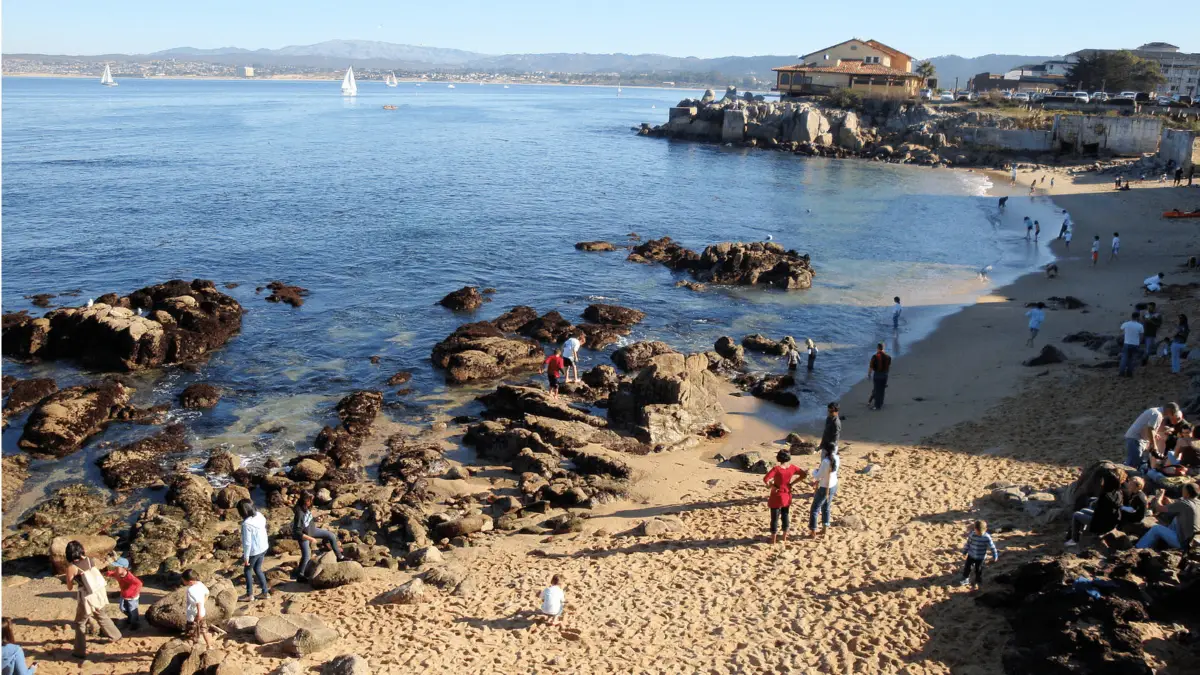
McAbee Beach, Monterey
This beach offers a great, short dive for any level of expertise just two blocks from the Monterey Bay Aquarium along Cannery Row. Though visibility can be 10–30 feet and depth ranges from 10–40 feet, it’s an excellent place for macro photography of kelp beds, sponges, anemones, tunicates, nudibranchs, blue rockfish, kelpfish, crustaceans, and sea otters. Pipes once used to pump sardines to canneries across the street are now an artificial reef, extending about 40 feet into the water and attracting fish of all sizes. Park on the south side of the street or a garage two blocks away. No facilities are available. cadivingnews.com
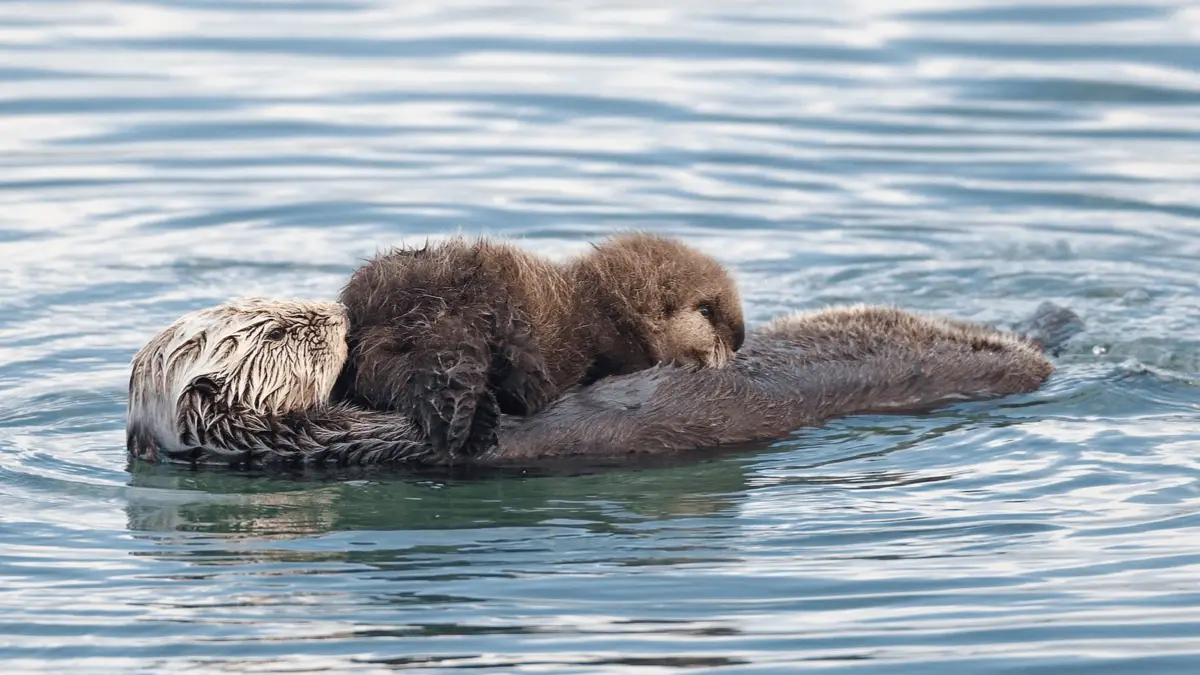
Target Rock, Morro Bay
A well-known site for snorkeling and diving, Morro Bay has been called the “Gibraltar of the Pacific” for its iconic 576-foot-high volcanic rock. Inside the breakwater you’ll likely to see both giant and bull whip kelp and big boulders which are favorite hiding places for rockfish, crabs, stingrays, perch, sea otters, and more. Here, in depths of 5-30 feet, visibility is not great and ranges from as low as 3 feet to 20 feet or more. Though there are swells, surge, and colder water — 55 to 68 degrees throughout the year — the upside is reefs full of white anemone, huge ling cod and other rockfish, colorful anemone, purple hydrocorals, octopi, crab, and more. Best times to dive are during the high slack tide and stay close to shore. Dive flags are required within the bay and be careful not to get tangled in fishing lines. Park in the dirt at the base of the rock; public restrooms are available. slooceancurrents.com
Want more travel inspiration and tips from locals?
Follow us on Instagram @localgetaways and TikTok @localgetaways!







